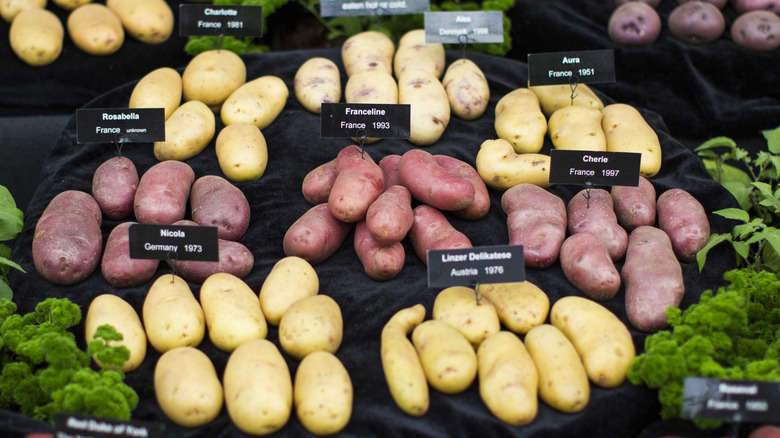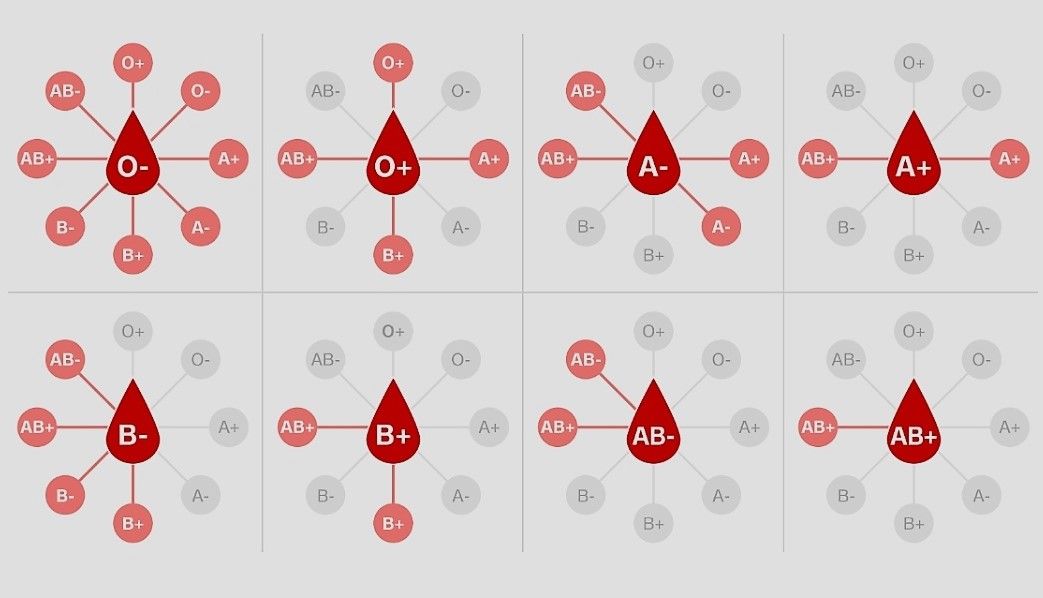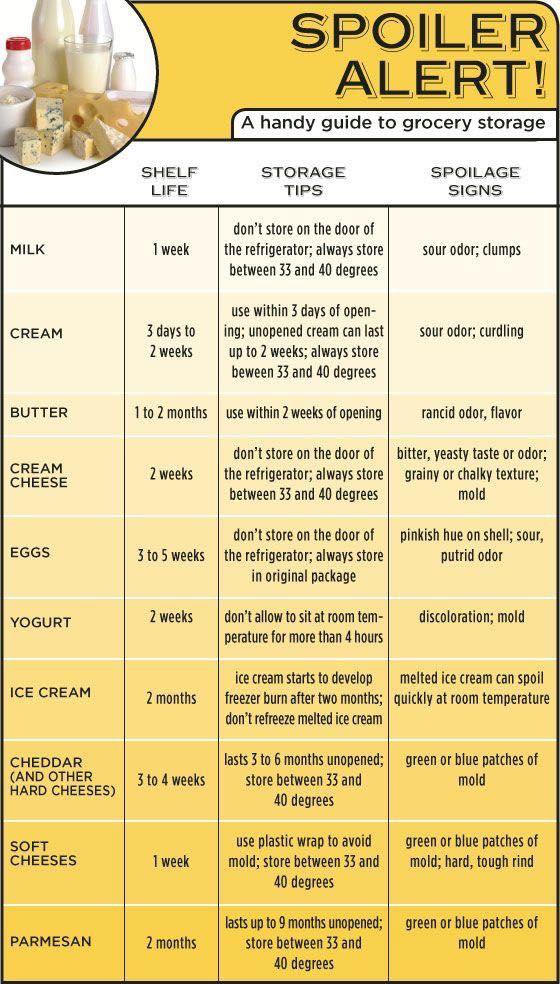Potato salad not turning out like Mom’s? Au gratin a mushy mess? You might be using the wrong spud. Discover which types of potatoes work best in which dishes for mealtime success.

Whether mashed or baked, roasted or fried, you can’t beat potatoes for comfort. But your carb-o-licious dish might get a thumbs-down review if you don’t select the right spud. Potatoes fall into one of three categories: starchy, waxy and all-purpose. For the best results, match your tator to your recipe. Here’s what you need to know about the choices:
Russet (aka Idaho)
These oblong potatoes are perfect for mashing and baking due to their thick skin and fluffy flesh. Their high-starch content makes them the perfect choice when making French fries, too.
Red (aka New)
These waxy potatoes are the darlings of the salad set because they look great, keep their shape, and offer a creamy texture. They’re low in starch and high in moisture so they’re perfect when boiled or roasted.
White Potatoes
Similar looking to Russets, use these guys when the recipe calls for boiling potatoes. Because they hold their shape so well, they’re also great in casseroles, soups and stews.
Round Potatoes (aka Irish)
Use these like you’d use white potatoes—in stews, soups and casseroles. They have thinner skins than most varieties, but they hold up nicely during long cook times.
Yukon Golds
When you don’t know what potato to use, turn to Yukon Golds. These all-purpose spuds have just the right combo of starch and moisture to hold up to nearly any cooking technique, including grilling, yet they come out golden on the outside and tender on the inside.
Sweet Potatoes
This one is a no-brainer. Simply use sweet potatoes when a recipe calls for them. That’s it! What’s the difference between a sweet potato and a yam? Don’t worry about it. Just stick to sweet potatoes for sweet potato recipes, and you’ll be just fine.
Before You Buy
No matter which type of potato you need, choose ones with healthy skin—no cuts, bruises or blemishes. If you see a bit of green under the potato skin, put that spud back in the bin. You want potatoes that are firm and feel heavy for their size. Once you get them home, store them in a cool, dark, dry spot. Keep them out of the refrigerator. Right before using, scrub your spud with a vegetable brush, and use a small knife to remove any potato sprouts or “eyes.”
Now that your know what potato’s best for the job, you can get cooking…or baking, boiling, grilling or roasting.




